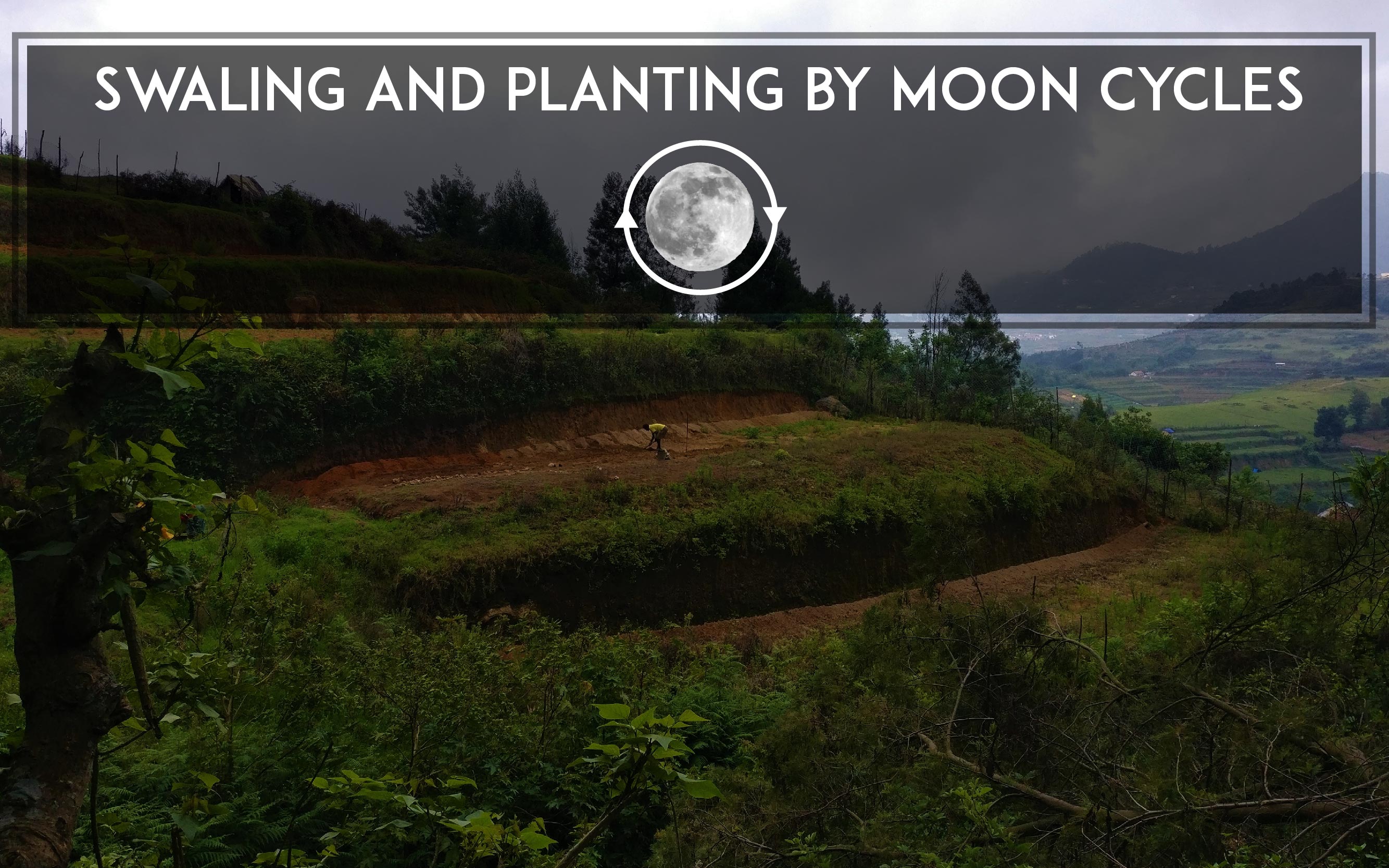
I. Making Use of Old Logs
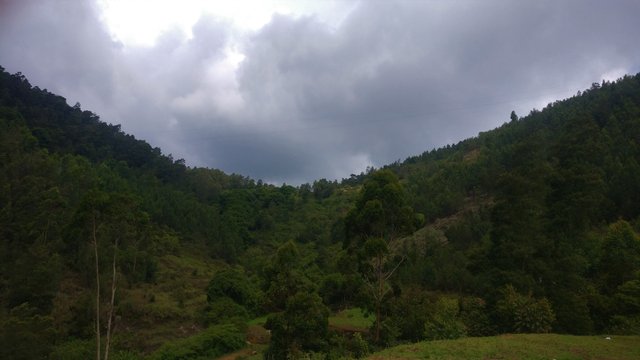
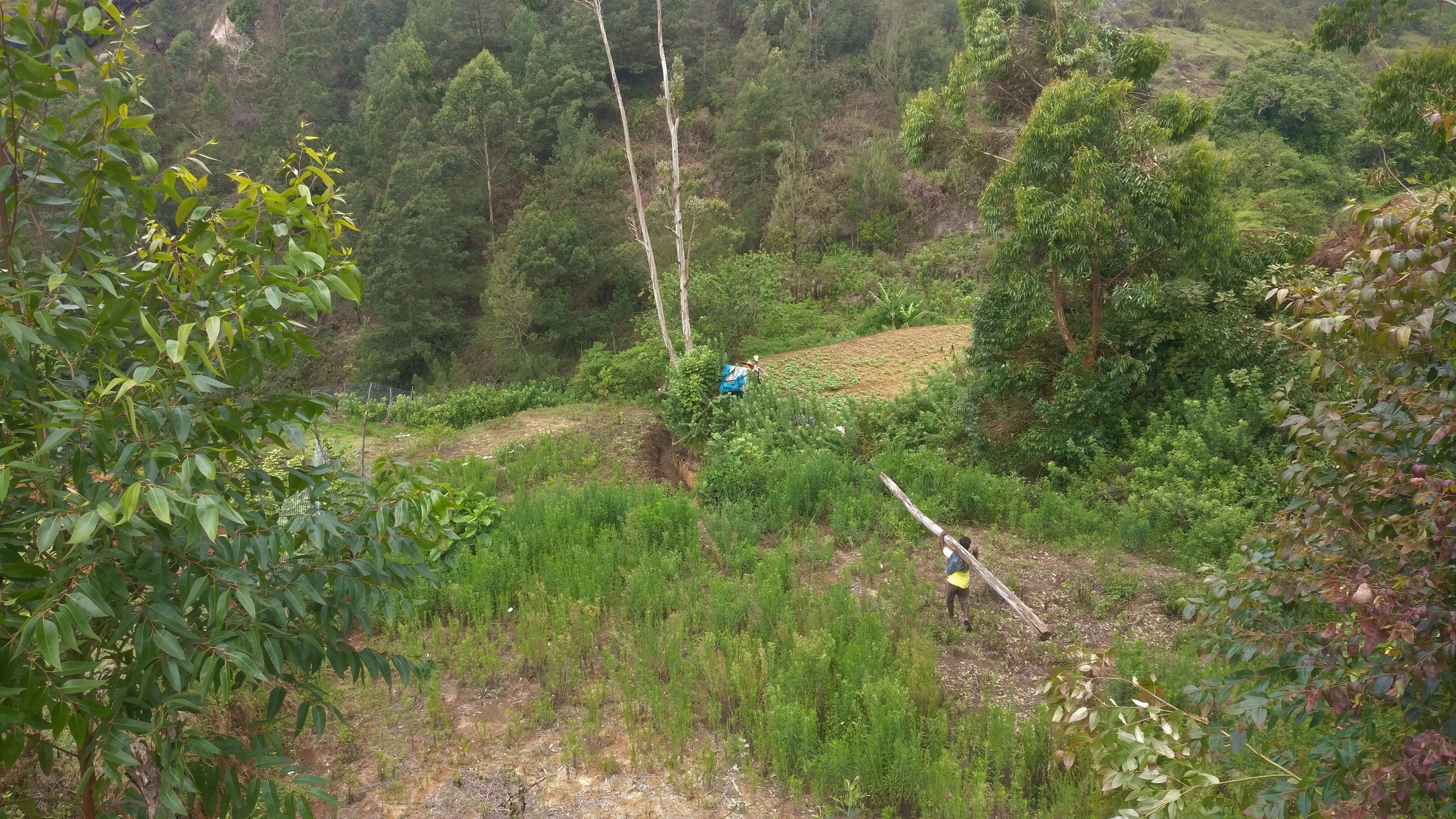
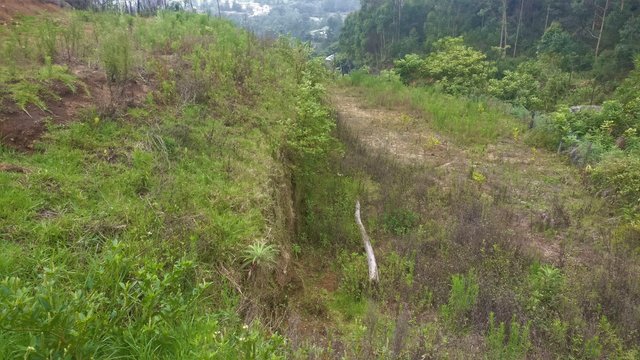
II. Swales
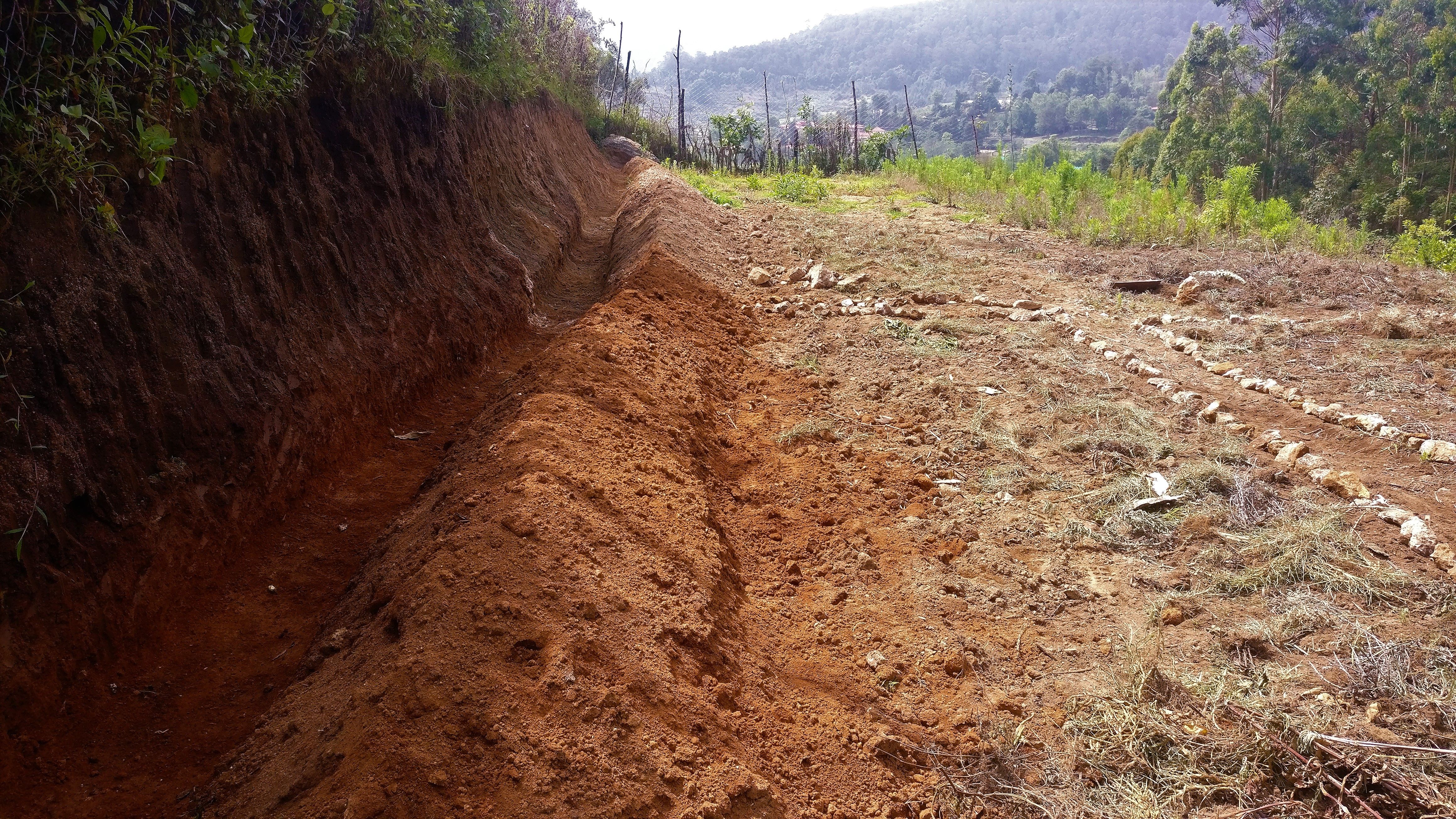
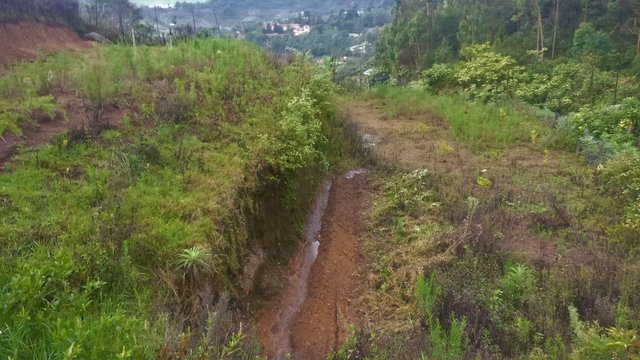
III. Preparing the Beds
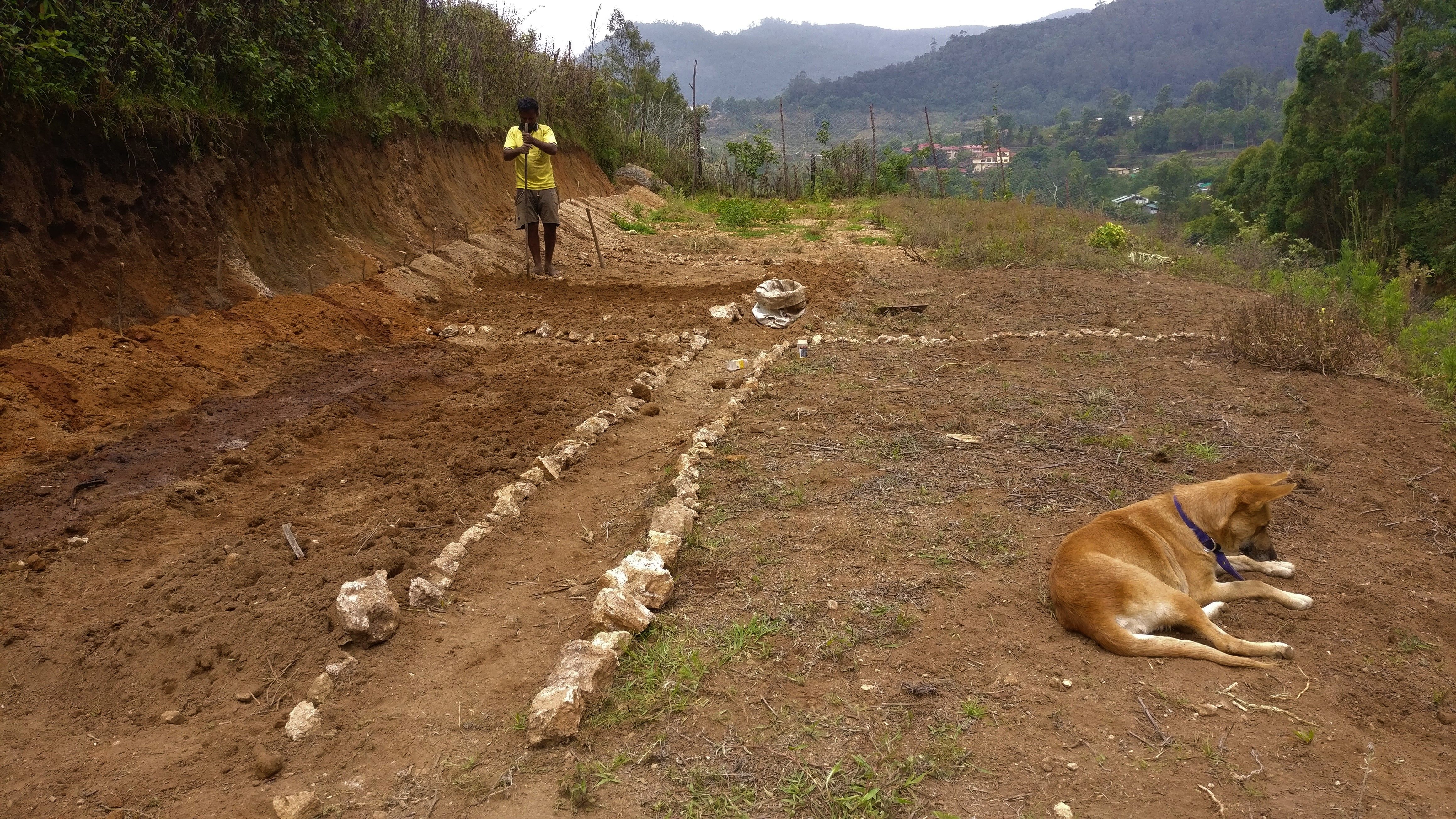
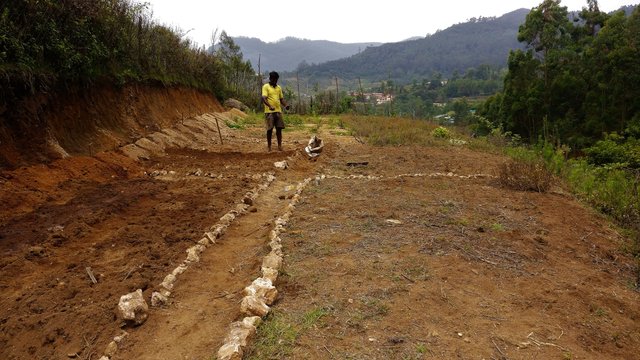
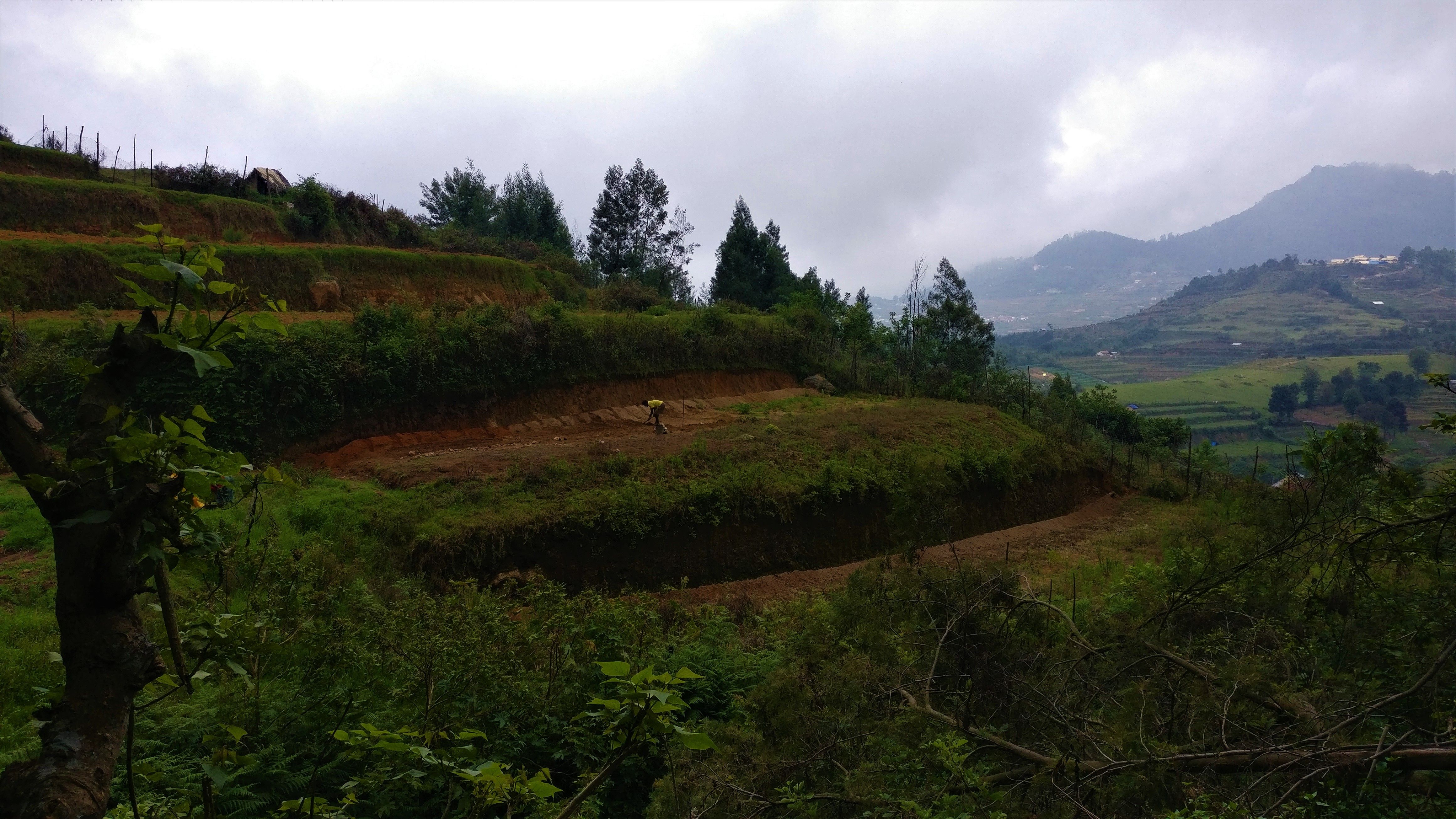
IV. Weeds
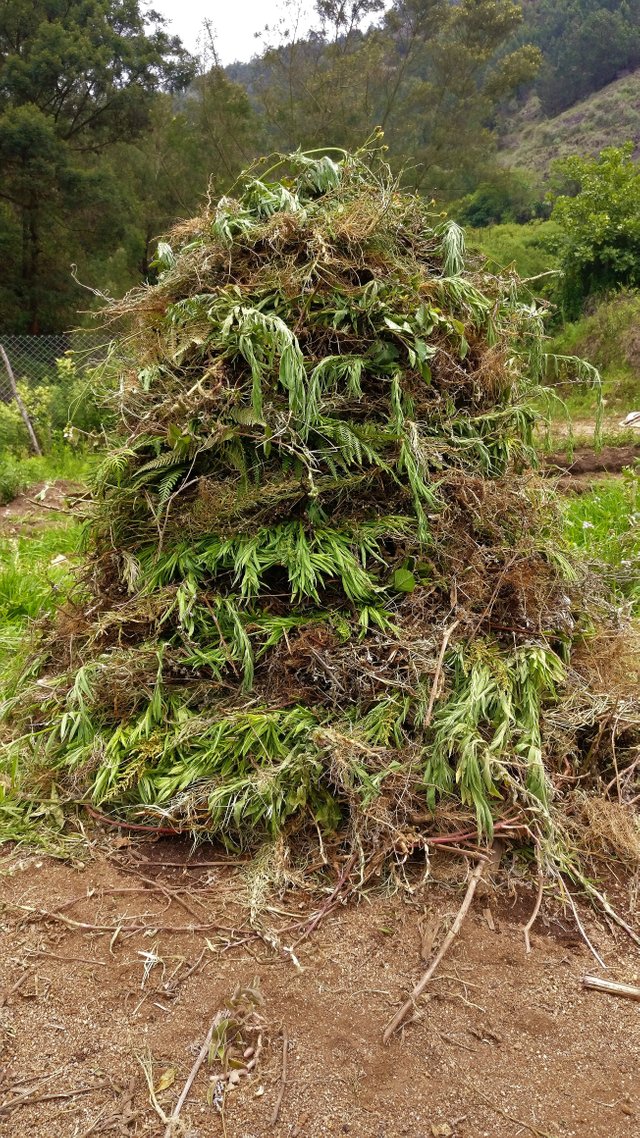
V. The Moon Cycle
VI. Planting by the Moon Cycle

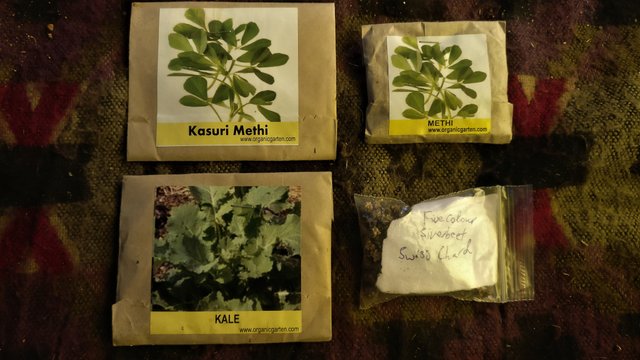
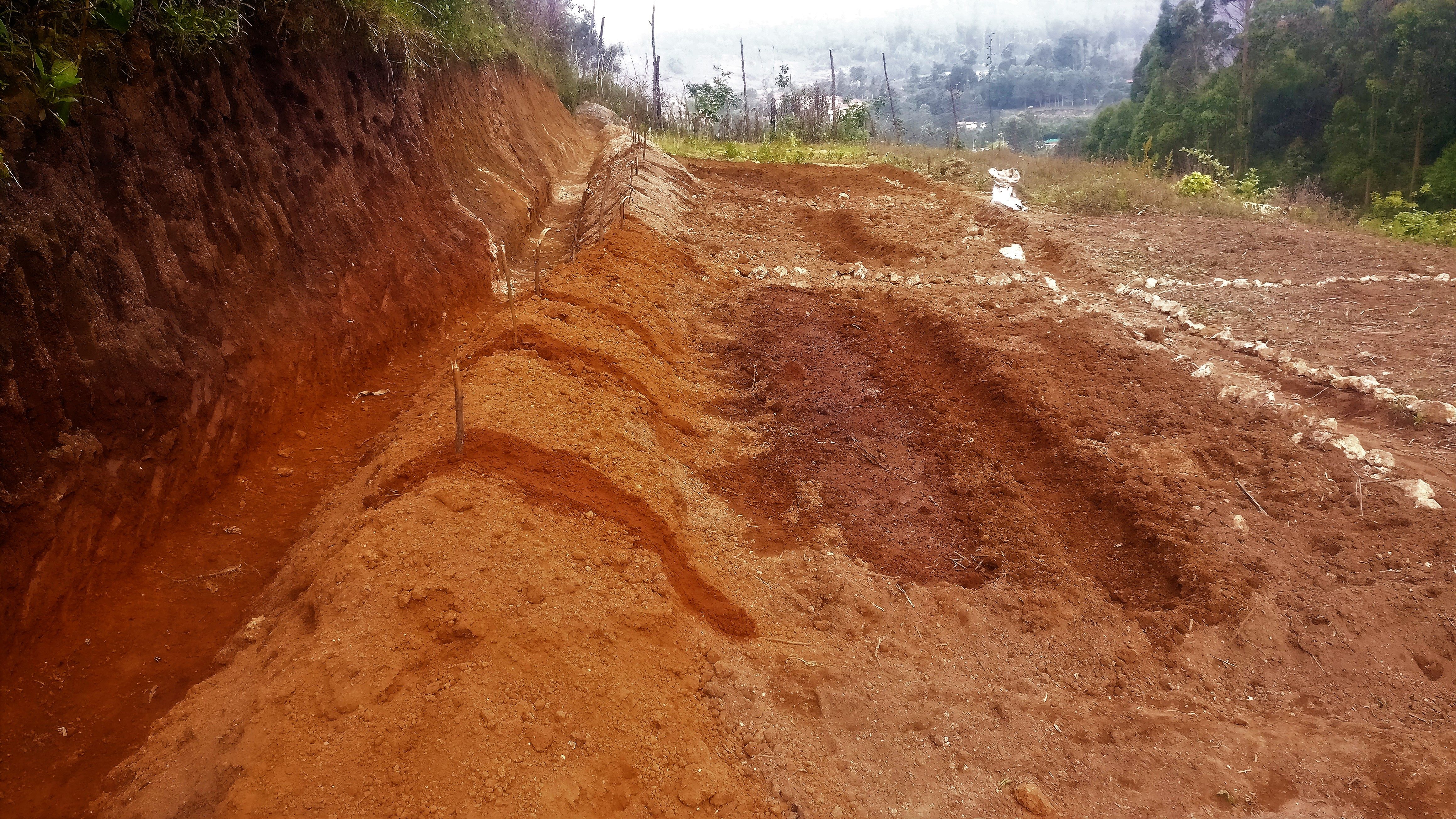
VI. The Plan


Ooh haven't heard of the moon cycle planting stuff, though on the surface it makes sense (especially about affecting groundwater etc), really interested in seeing how that works out for you :D
So how many of you are living there? I was under the impression you were on your own in the shack, are a multitude of you sprinkled around in your own shacks?
Downvoting a post can decrease pending rewards and make it less visible. Common reasons:
Submit
I like to try various techniques to see what works best. The moon cycle seemed intriguing. A lot of biodynamic farming utilizes the lunar calendar and they go way in depth as far as counting the number of clockwise and anticlockwise stirs while making bioferments in the moonlight. I thought the least I could do was plant my seeds by the lunar cycle and I'll provide updates on how that comes along.
I'm the only one living on the land for now though our neighbour's back packing lodge is a 10 min walk away. Our workers own the land next to ours but stay in the nearby village around 4 km away and commute to the land on a daily basis. There are various other shack dwelling residents, cows and horses in the nearby farms though.
Downvoting a post can decrease pending rewards and make it less visible. Common reasons:
Submit
This post has been featured in the @offgrid-online Weekly Curation. Thank you for sharing your knowledge and experience with swailing and planting with the moon cycle.
Downvoting a post can decrease pending rewards and make it less visible. Common reasons:
Submit
Thanks for the feature! This is a bit of an experiment based on what I've come across but I do hope it has some merit.
Downvoting a post can decrease pending rewards and make it less visible. Common reasons:
Submit
Downvoting a post can decrease pending rewards and make it less visible. Common reasons:
Submit
Congratulations @soulturtle! You have completed some achievement on Steemit and have been rewarded with new badge(s) :
Click on any badge to view your own Board of Honor on SteemitBoard.
To support your work, I also upvoted your post!
For more information about SteemitBoard, click here
If you no longer want to receive notifications, reply to this comment with the word
STOPDownvoting a post can decrease pending rewards and make it less visible. Common reasons:
Submit
Congratulations! Your post has been selected as a daily Steemit truffle! It is listed on rank 11 of all contributions awarded today. You can find the TOP DAILY TRUFFLE PICKS HERE.
I upvoted your contribution because to my mind your post is at least 18 SBD worth and should receive 93 votes. It's now up to the lovely Steemit community to make this come true.
I am
TrufflePig, an Artificial Intelligence Bot that helps minnows and content curators using Machine Learning. If you are curious how I select content, you can find an explanation here!Have a nice day and sincerely yours,

TrufflePigDownvoting a post can decrease pending rewards and make it less visible. Common reasons:
Submit